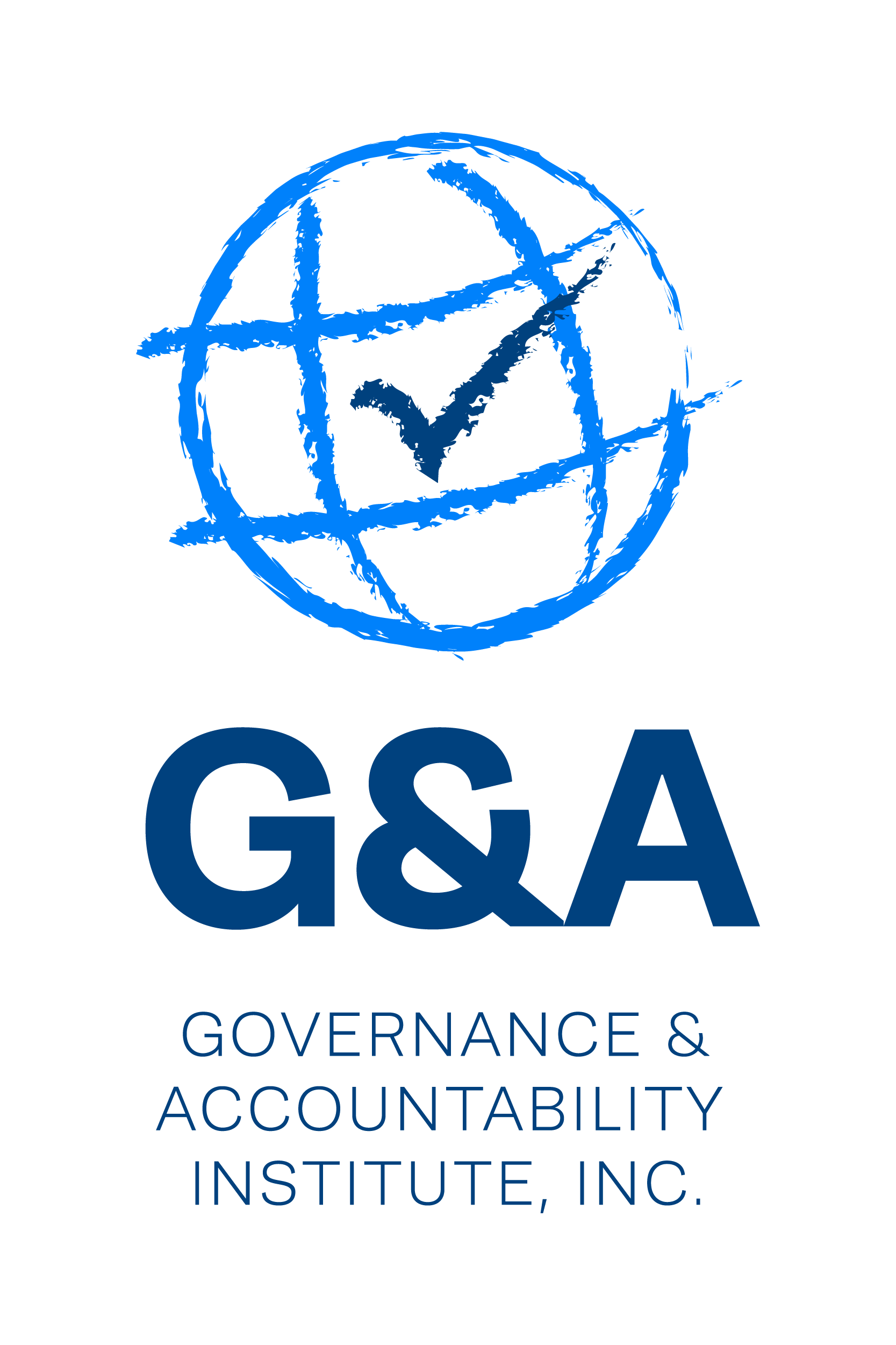GRI and RobecoSAM Look at “What Matters” to Investors and Companies in Sustainability Reporting
SustainabilityHQ Highlights (05.12.2016)
GRI and RobecoSAM Look at “What Matters” to Investors and Companies in Sustaina…
As the dialogue between company and investor base increasingly focuses on the materiality of corporate information, and the call for greater transparency – “what matters” to both corporate board and C-suite and the institutional investor base?
The mandated reporting on financial and certain business matters is a very different conversation than the discussion about “what is material” in terms of corporate ESG performance (data, narrative, etc.). As more mainstream asset managers and key fiduciaries (like state pension funds) adopt ESG analytics and portfolio management approaches, investor attention turns to the “what” is available and just how comparable the ESG information may be (company-to-company).
The often-heard complaint is about the lack of comparability in ESG information. The news from GRI and RobecoSAM about “comparability” and “quality” of information is an interesting read for you (it’s our Top Story). GRI is the global standard for corporate sustainability reporting; RobecoSAM is the manager of the Dow Jones Sustainability Index family (DJSI), a benchmark that continues to gain in popularity among asset owners and managers. (And is a sought-after badge of recognition among corporate boards and C-suite.)
The two organizations teamed to publish “Defining What Matters: Do Companies and Investors Agree What is Material?” Top lines: Yes, there is now general alignment; GRI’s framework with the emphasis on materiality is a basis for corporate disclosure to investors; materiality is a threshold at which topics become important enough to disclose.
Key: Companies should conduct a materiality assessment for their ESG disclosures and reporting, and (says RobecoSAM’s Christopher Greenwald, head of sustainable investing research) what investors want is consistent data on the most material issues…and the research paper is intended to help both investors and companies in understanding how to connect sustainability priorities with long-term corporate strategy.

